Historic Meteorites
Part of Hall of Meteorites.
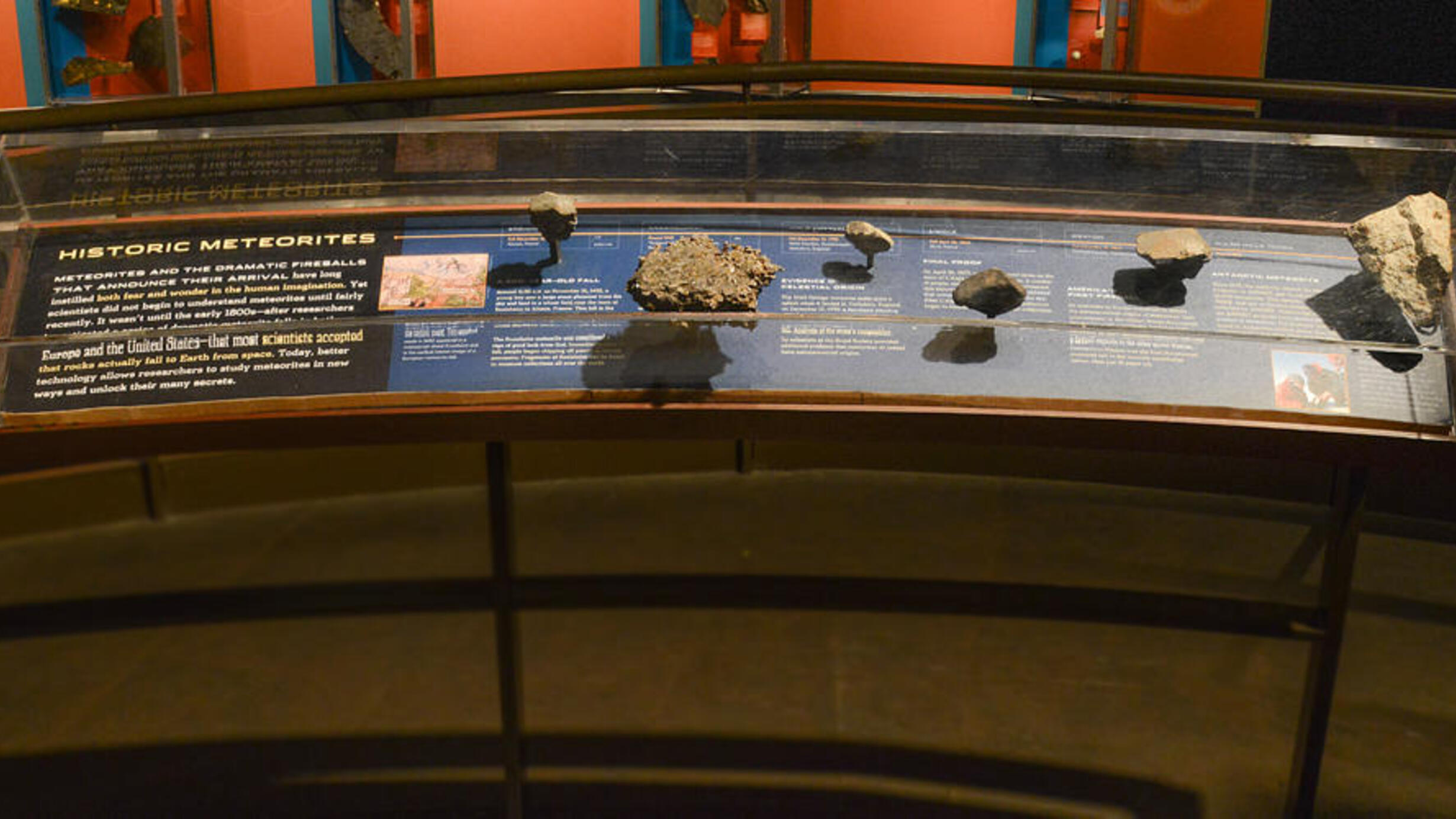
Meteorites—and the dramatic fireballs that announce their arrival—have long instilled both fear and wonder in the human imagination. Yet scientists did not begin to understand meteorites until fairly recently. It wasn't until the early 1800s, after researchers investigated a series of dramatic meteorite falls in both Europe and the United States, that most scientists accepted that rocks actually fall to Earth from space. Today, better technology allows researchers to study meteorites in new ways and unlock their many secrets.
In This Section
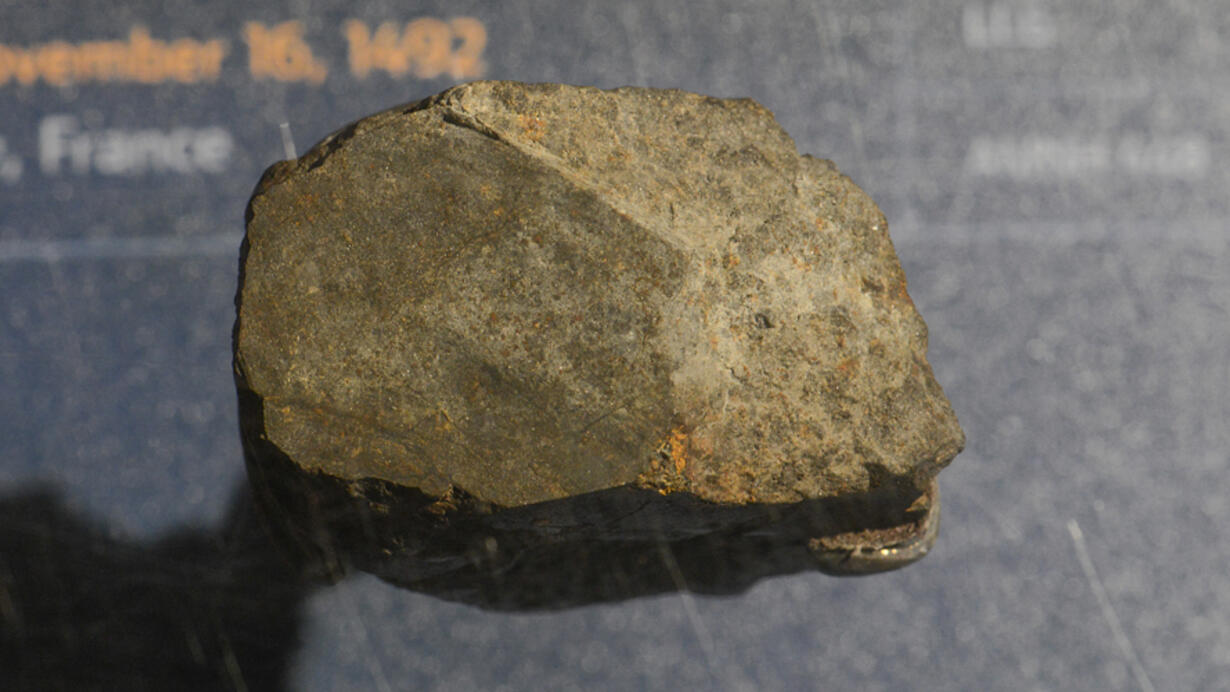
Ensisheim
A 500-year-old fall
Around 11:30 A.M. on November 16, 1492, a young boy saw a large stone plummet from the sky and land in a wheat field near the town of Ensisheim in Alsace, France. This fall is the earliest one witnessed in the Western world from which meteorite samples have been preserved.
The Ensisheim meteorite was considered a sign of good luck from God. Immediately after it fell, people began chipping off pieces as sacred souvenirs. Fragments of Ensisheim can be found in museum collections all over the world.
ENSISHEIM
Fell November 16, 1492
Alsace, France
LL6
AMNH 448
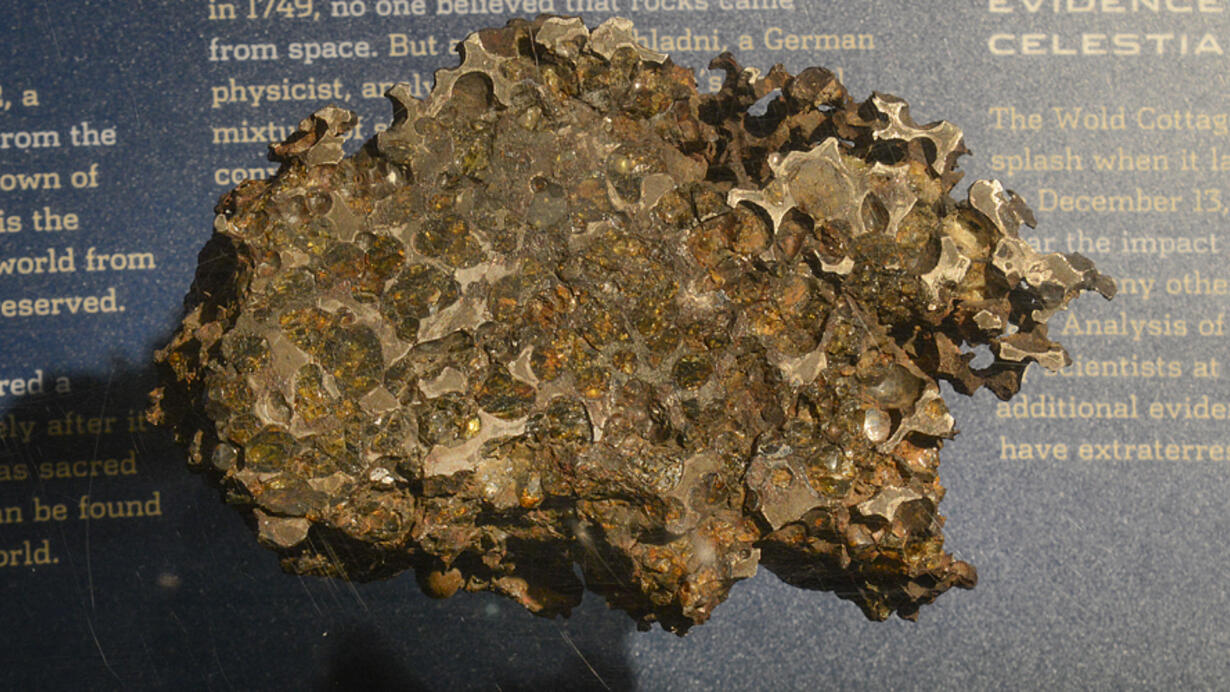
Krasnojarsk
Rocks from space?
When the Krasnojarsk meteorite was found in 1749, no one believed that rocks came from space. But after Ernst Chladni, a German physicist, analyzed this meteorite's unusual mixture of stone and iron, he began to convince skeptics that meteorites did indeed originate far from Earth. For his innovative work, Chladni became known as the father of meteoritics—the study of meteorites.
KRASNOJARSK
Found 1749
Yeniseisk, Krasnoyarsk Territory, Russia
PAL
AMNH 897
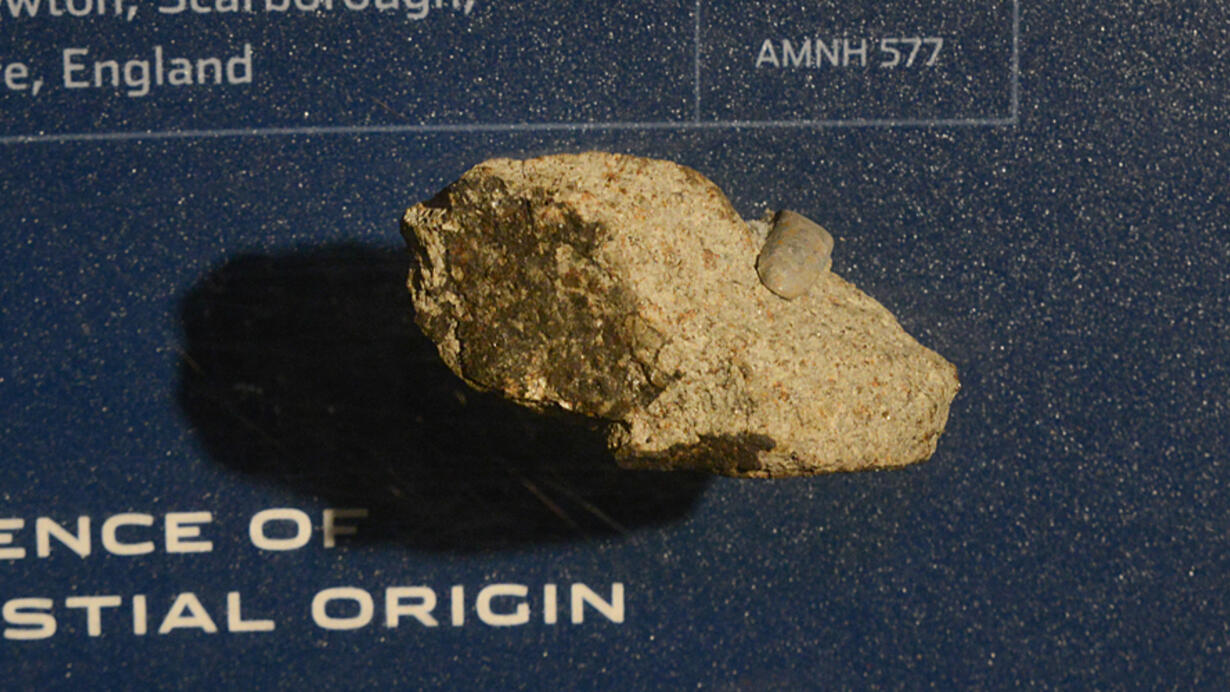
Wold Cottage
Evidences of celestial origin
The Wold Cottage meteorite made quite a splash when it landed in Yorkshire, England, on December 13, 1795: a farmhand standing near the impact site was splattered with mud. Many other villagers also watched the fall. Analysis of the stone's composition by scientists at the Royal Society provided additional evidence that meteorites do indeed have extraterrestrial origins.
WOLD COTTAGE
Fell December 13, 1795
Wold Newton, Scarborough, Yorkshire, England
L6
AMNH 577
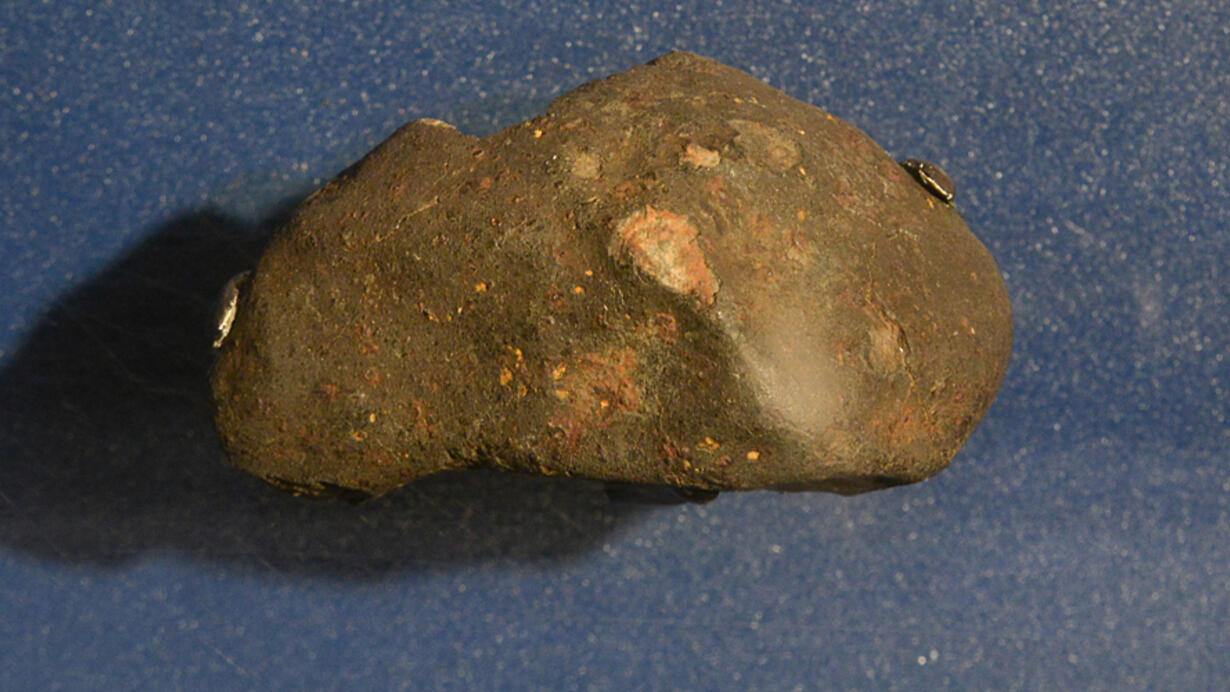
L’aigle
Final proof
On April 26, 1803, meteorites rained down on the town of L'Aigle in Normandy, France. A number of people, including French officials, witnessed this shower of stones, which firmly established that meteorites can and do drop from the sky. After L'Aigle, museums and private collectors began to include meteorites in their collections.
L’AIGLE
Fell April, 26, 1803
Orne, France
L6
AMNH 481
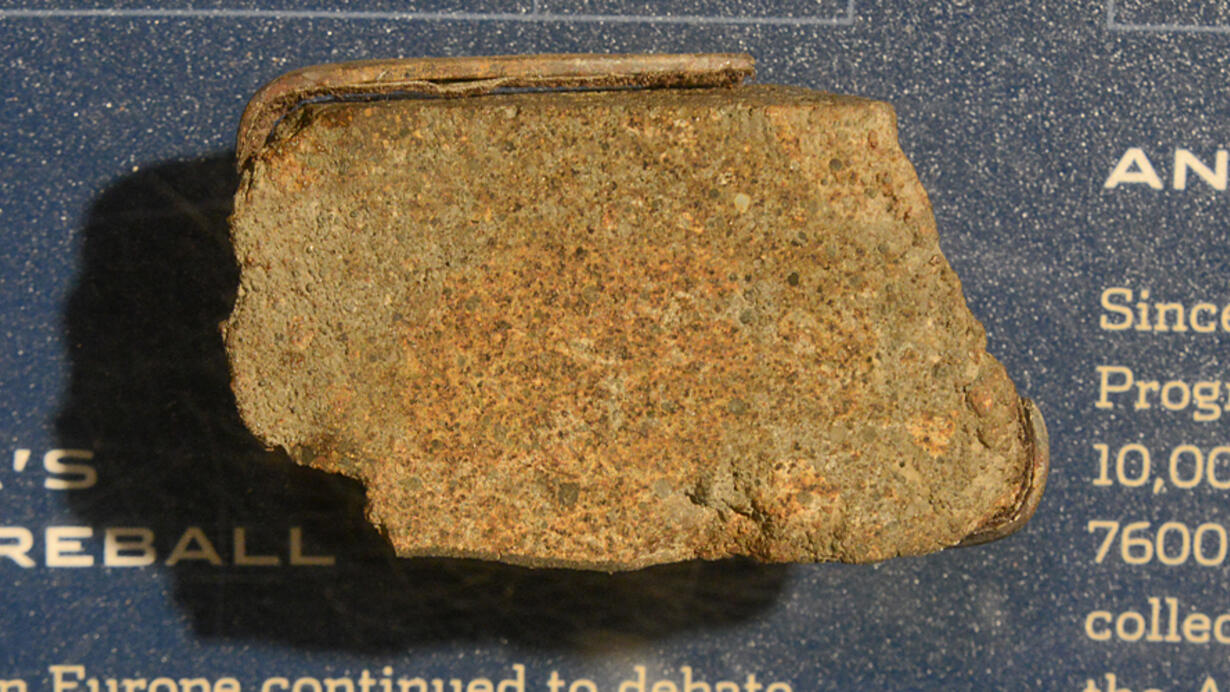
Weston
America’s first fireball
As scientists in Europe continued to debate the extraterrestrial origins of meteorites, their counterparts in the United States discounted the theory—until a meteorite landed in their backyard. In 1807, astonished residents watched a fireball explode in the skies above Weston, Connecticut.
WESTON
Fell December 14, 1807
Fairfield County, Connecticut, USA
L4
AMNH 353
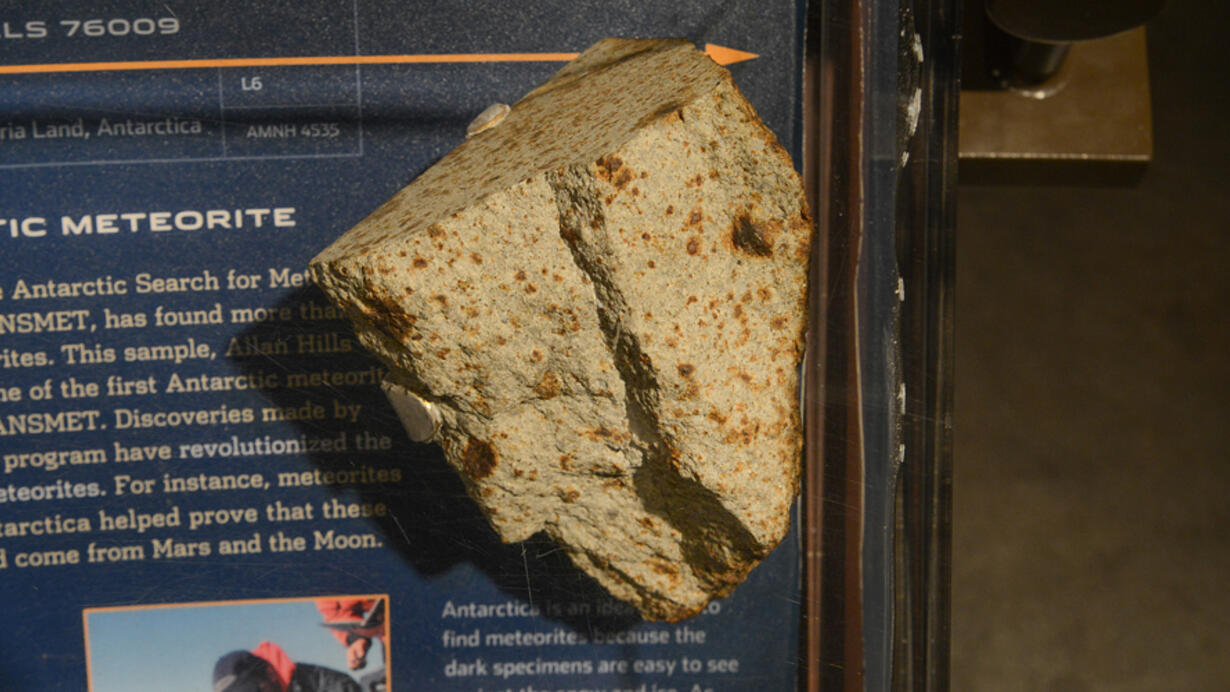
Allan Hills 76009
Antarctic meteorite
Since 1976, the Antarctic Search for Meteorites Program, or ANSMET, has found more than 10,000 meteorites. This sample, Allan Hills 76009, was one of the first Antarctic meteorites collected by ANSMET. Discoveries made by the ANSMET program have revolutionized the science of meteorites. For instance, meteorites found in Antarctica helped prove that these objects could come from Mars and the Moon.
ALLAN HILLS 76009
Found 1976
Allan Hills, Victoria Land, Antarctica
L6
AMNH 4535